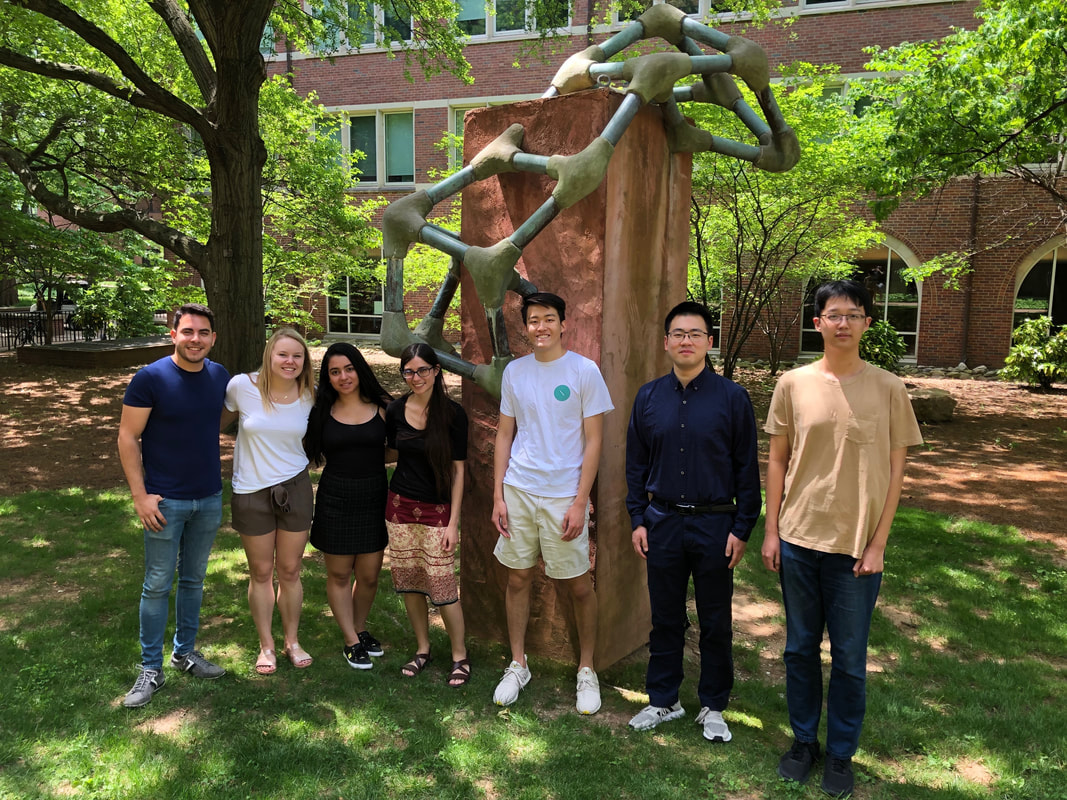|
By Nils Muhlert
Resting-state fMRI has seen increasing attention over the last decade. The majority of these studies have focussed on static resting state networks, often considering the spatial topography or extent of components. A number of researchers are however considering how these networks change over time - dynamic changes - and what these temporal shifts in networks tell us about cognition and behaviour. Catie Chang, an assistant professor of computer science and electrical engineering at Vanderbilt University, has focussed on this question since her PhD - with her work exploiting signal analysis techniques to understand what drives and affects these dynamic changes in fMRI signals and networks. As our first keynote interview for OHBM 2019, we found out about how Catie honed her craft, what we can gain from investigating these signals, and her experiences of life as a new PI.
0 Comments
By Shruti Vij & Nils Muhlert
Peter Bandettini has been a key figure in neuroimaging for over 25 years. His career started with earnest, in a PhD working with James S. Hyde and R. Scott Hinks in Wisconsin, where he pioneered the development of functional MRI. Now at the NIH, Peter’s work has examined the sources of functional contrast and noise in BOLD, the temporal variability of resting-state fMRI and, more recently, layer-dependent activity in fMRI. We found out about his history working alongside other founding members of OHBM, his advice for early career researchers and the unique challenges of working at the National Institutes of Health. |
BLOG HOME
Archives
January 2024
|

 RSS Feed
RSS Feed